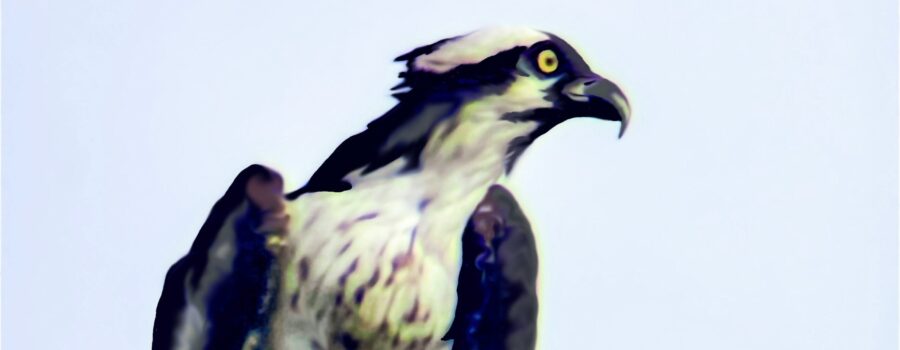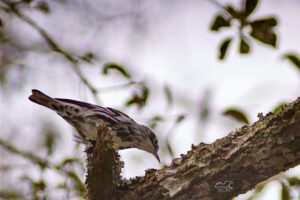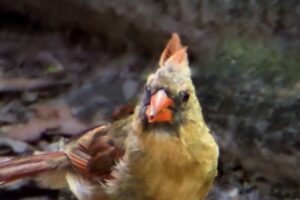The Osprey is a Really Unique and Interesting Bird

One of the many birds that I got to spend time with on my last trip to Cedar Key, was this beautiful osprey (Pandion haliaetus). It was located near where the flamingos were hanging out, but it was much closer to the island. It had recently caught a decent sized fish as was busy eating it as it sat on top of a power line. It was very careful, keeping an eye out between bites to make sure some other bird didn’t come along and steal its prize. It’s relatively common for osprey to try to steal fish from each other and bald eagles will also steal from osprey if given a chance. This guy was pretty out in the open, but he was near the road, and I suspect he was using the coming and going traffic, both automobiles and pedestrians, as protection.

Osprey are very interesting birds for several reasons. First, they’re one of the few birds that can be found on every continent in the world except Antarctica (they are only found in South America as nonbreeding migrants). Although they are birds of prey and look very similar to hawks and eagles, they are actually classified in their own family since they eat almost exclusively fish and have some anatomical differences, too. They are related to two other types of birds, both of which have been extinct for a very long time. Unlike hawks and eagles, osprey have an outer toe that can rotate, giving them the capability of grabbing fish with two talons on each side. The undersides of their feet are scaly and their talons also have reversed scales that act as small barbs. All of these adaptations allow the birds to better grasp slippery fish.

Like other birds of prey, osprey have excellent vision that allows them to spot their prey from anywhere between a few feet to over 100 feet up in the air. They are even very capable of compensating for the refraction of the water when approaching prey. Generally, when a fish is spotted, the bird begins a dive that ends with it plunging into the water feet first. It’s not uncommon for them to become completely submerged, which is why they are able to seal their nostrils to keep water out. Once the fish is grabbed, the bird will lift it out of the water using sheer wing power. Osprey feathers tend to be quite oily so that they do not become waterlogged on these dives. It is absolutely incredible the size of some of the fish that they can lift up out of the water. If you’ve never watched an osprey hunt, it’s well worth taking the time to do it because it really is amazing.

It was fun watching this amazing bird altering between bites of fish and carefully monitoring the area for any rivals. It took the bird about 10 minutes to consume the whole thing and then to fly away. There were several other bird enthusiasts in the area, but they were all completely occupied trying to see and/or photograph the flamingos, and none of them ever even noticed the osprey. Although I wish I had been able to get better photos of the flamingos, I actually had a great time watching the osprey, too. I know I could (and do) see osprey almost any time I’m near the water in central Florida, but to be able to get this close was to me a real treat.





Recent Comments